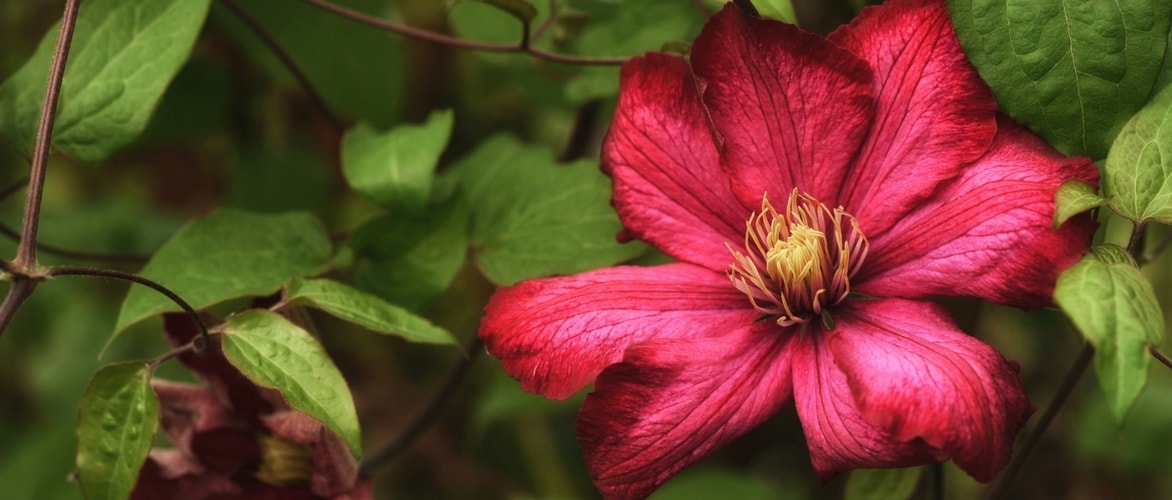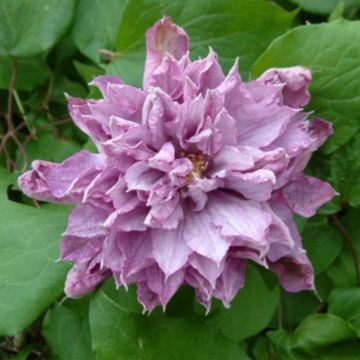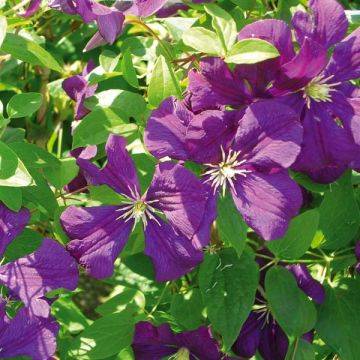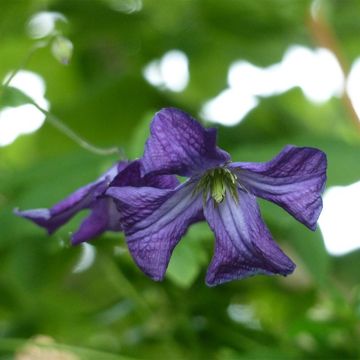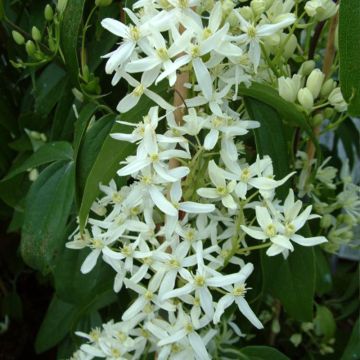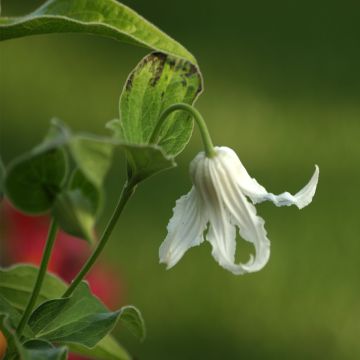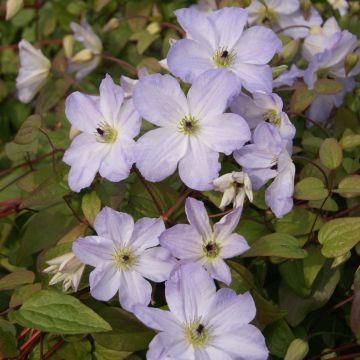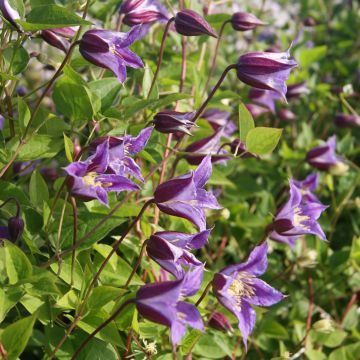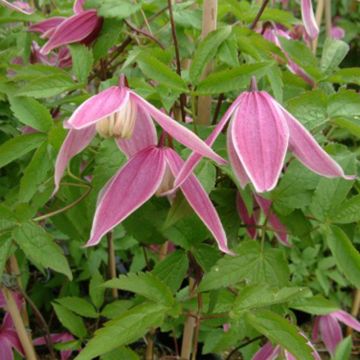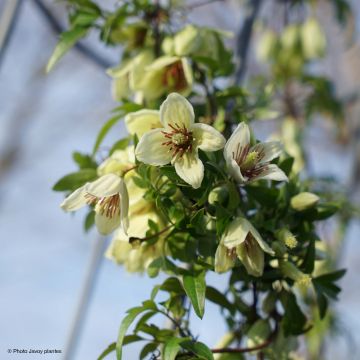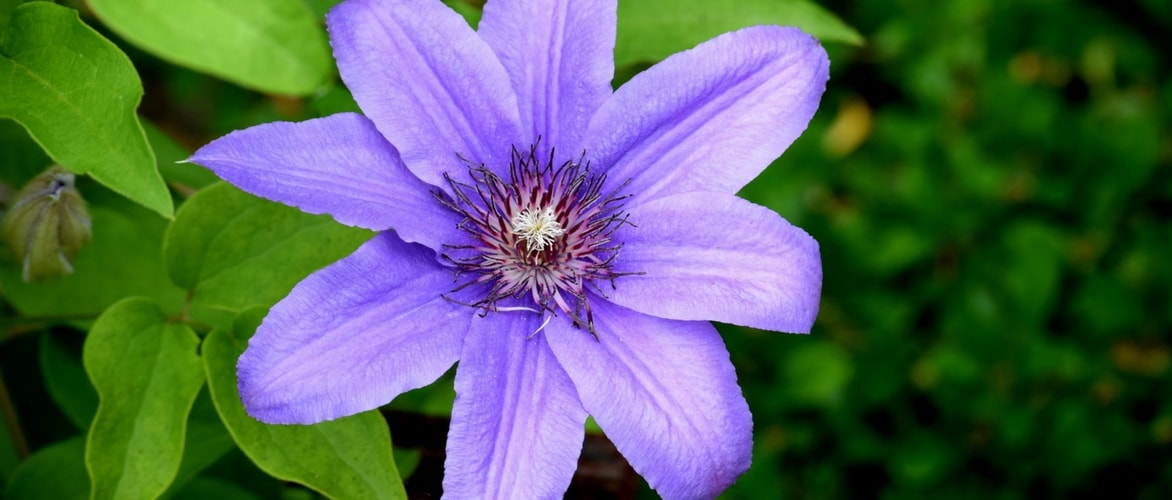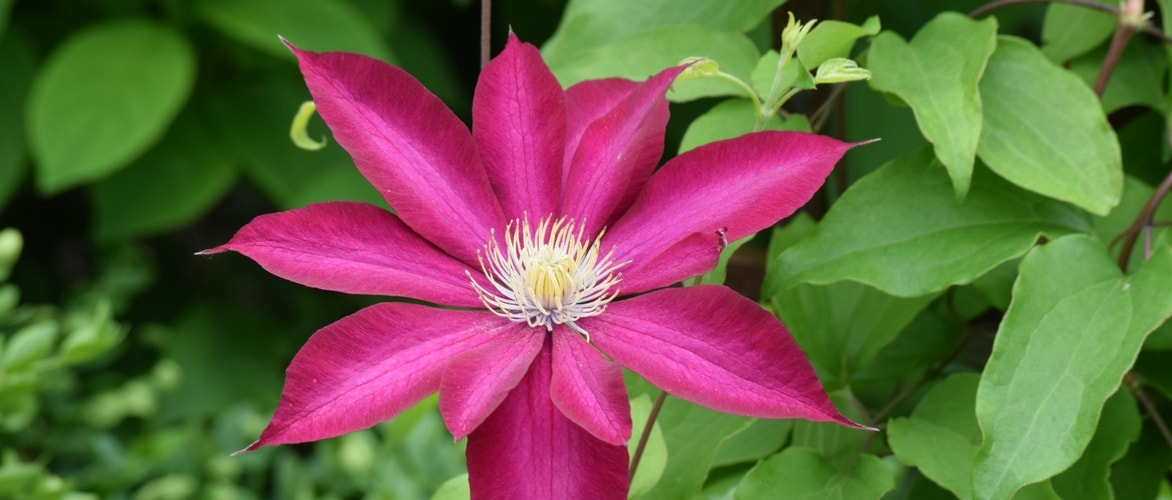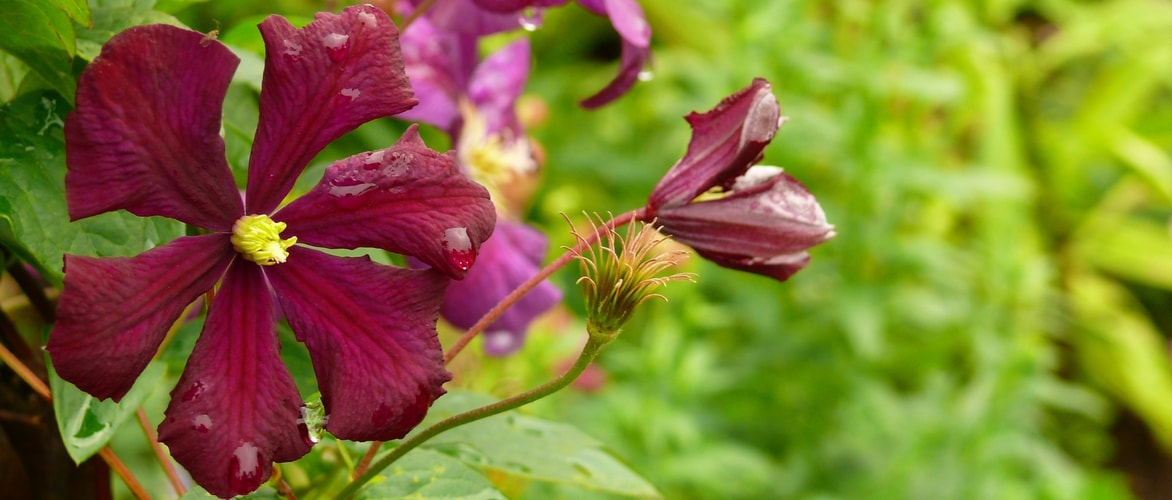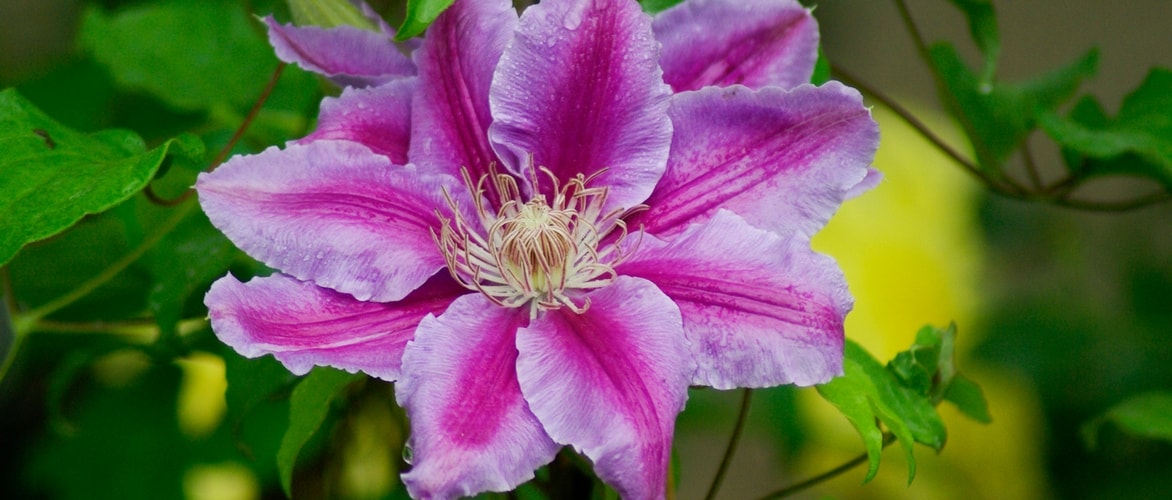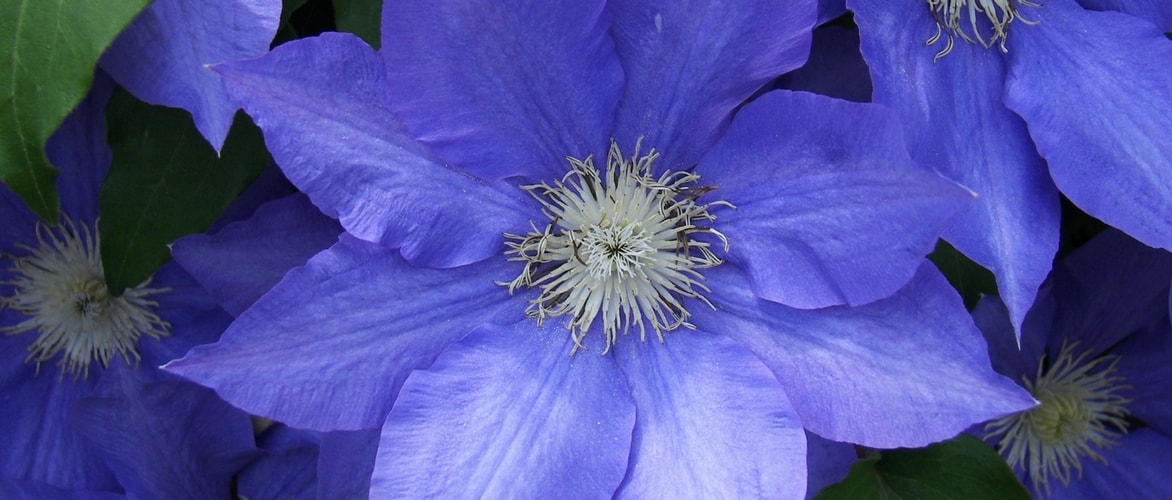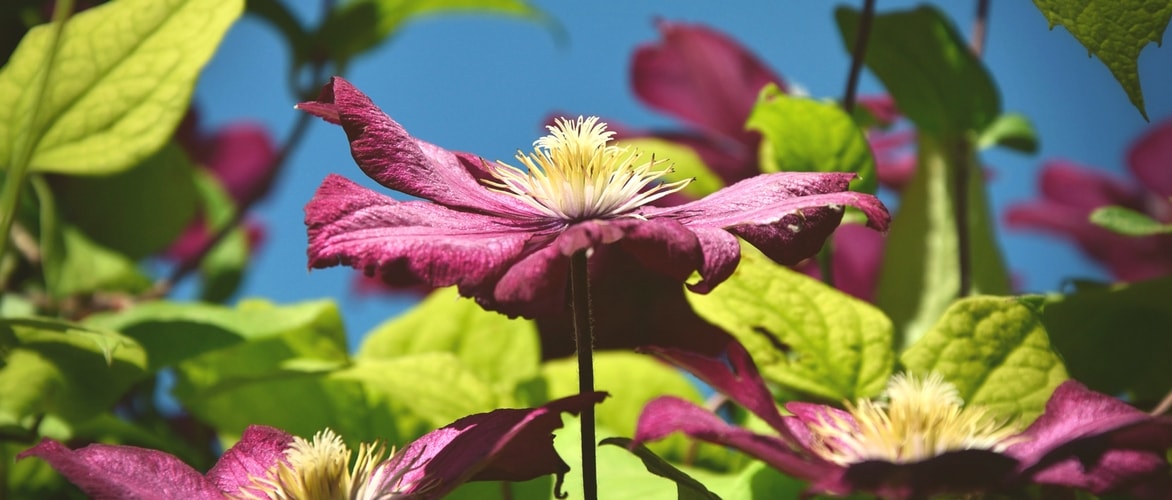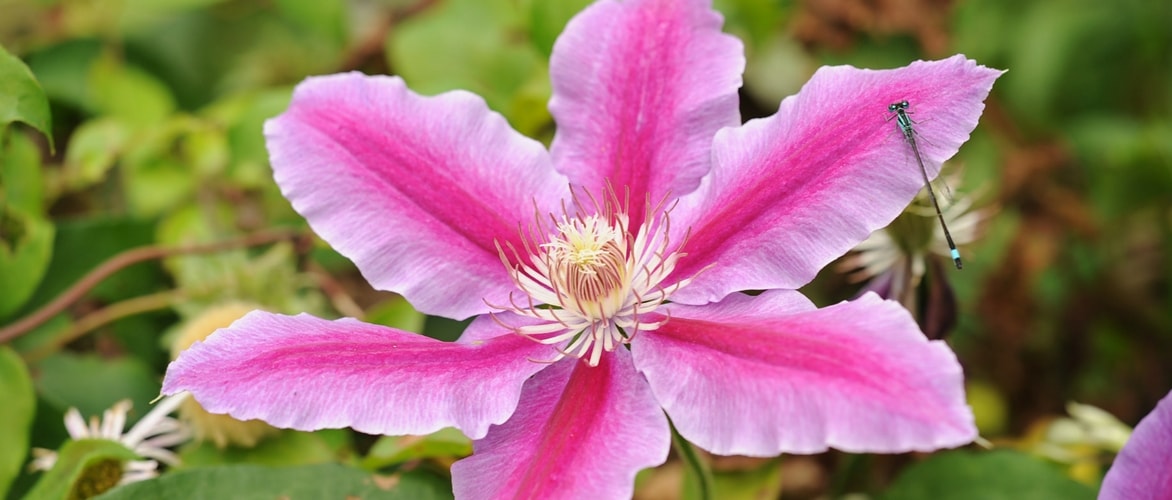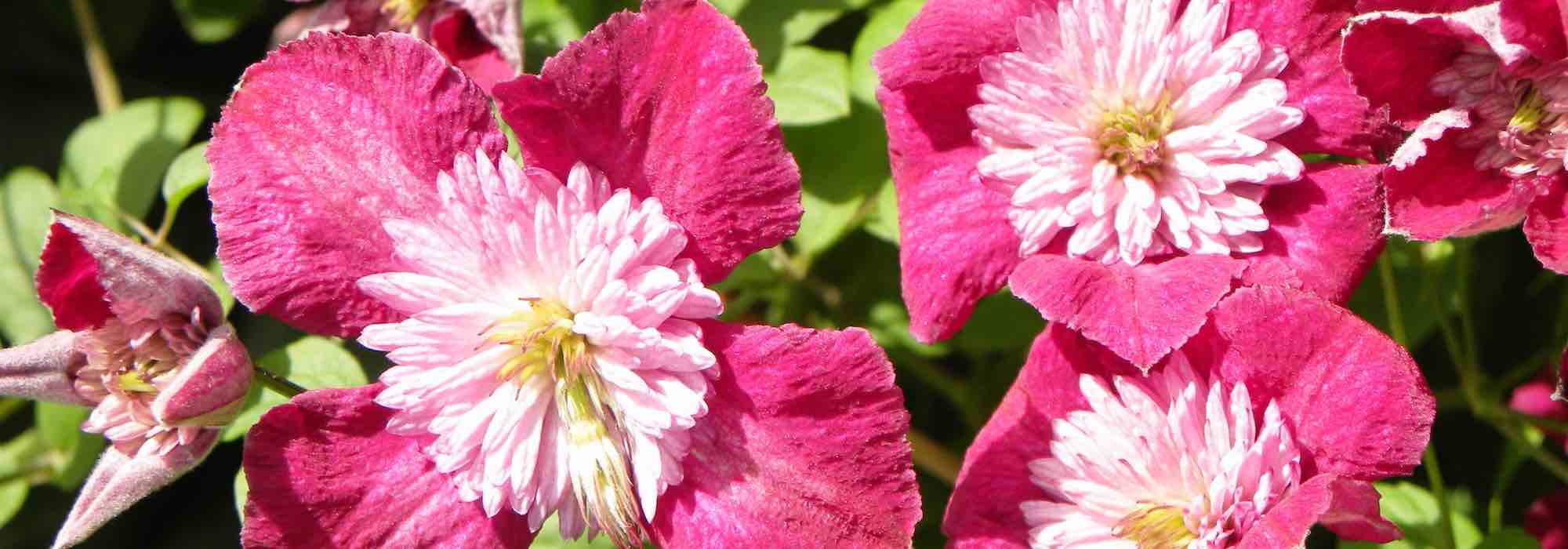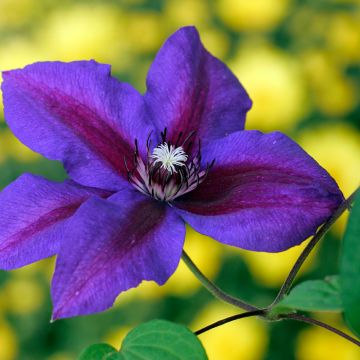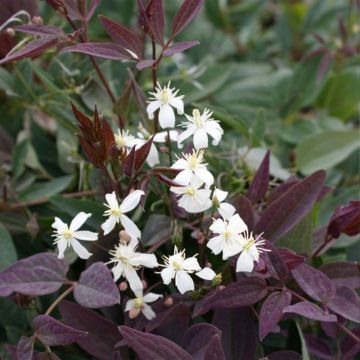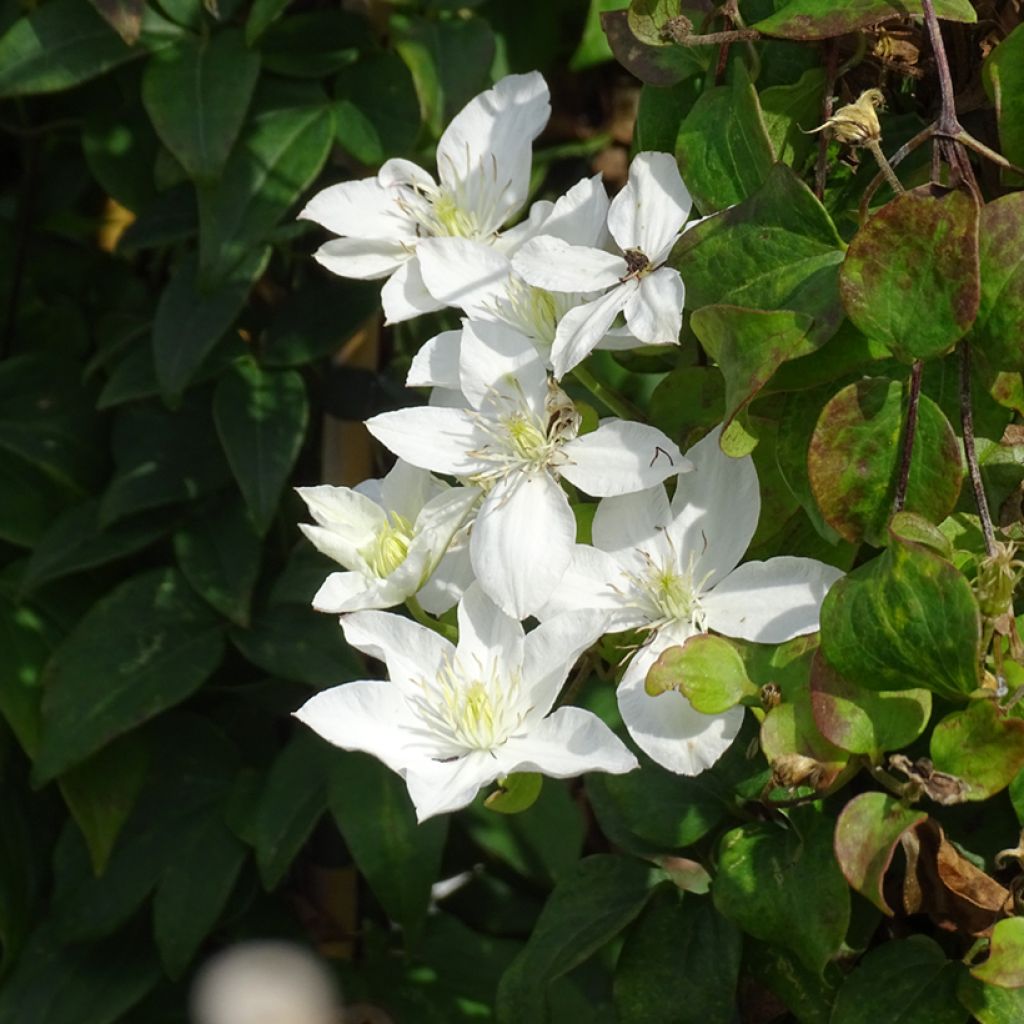

Clematis integrifolia Baby Star 'Zobast'
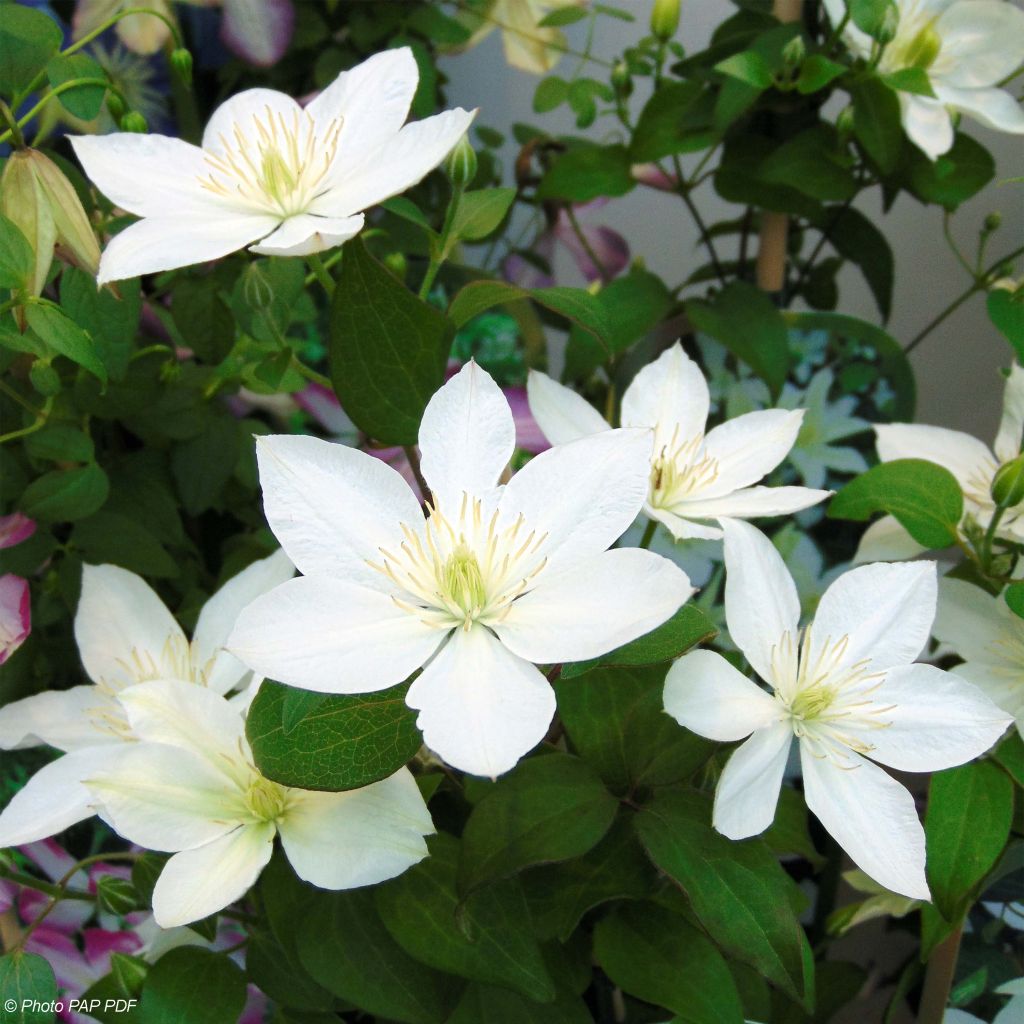

Clematis integrifolia Baby Star 'Zobast'
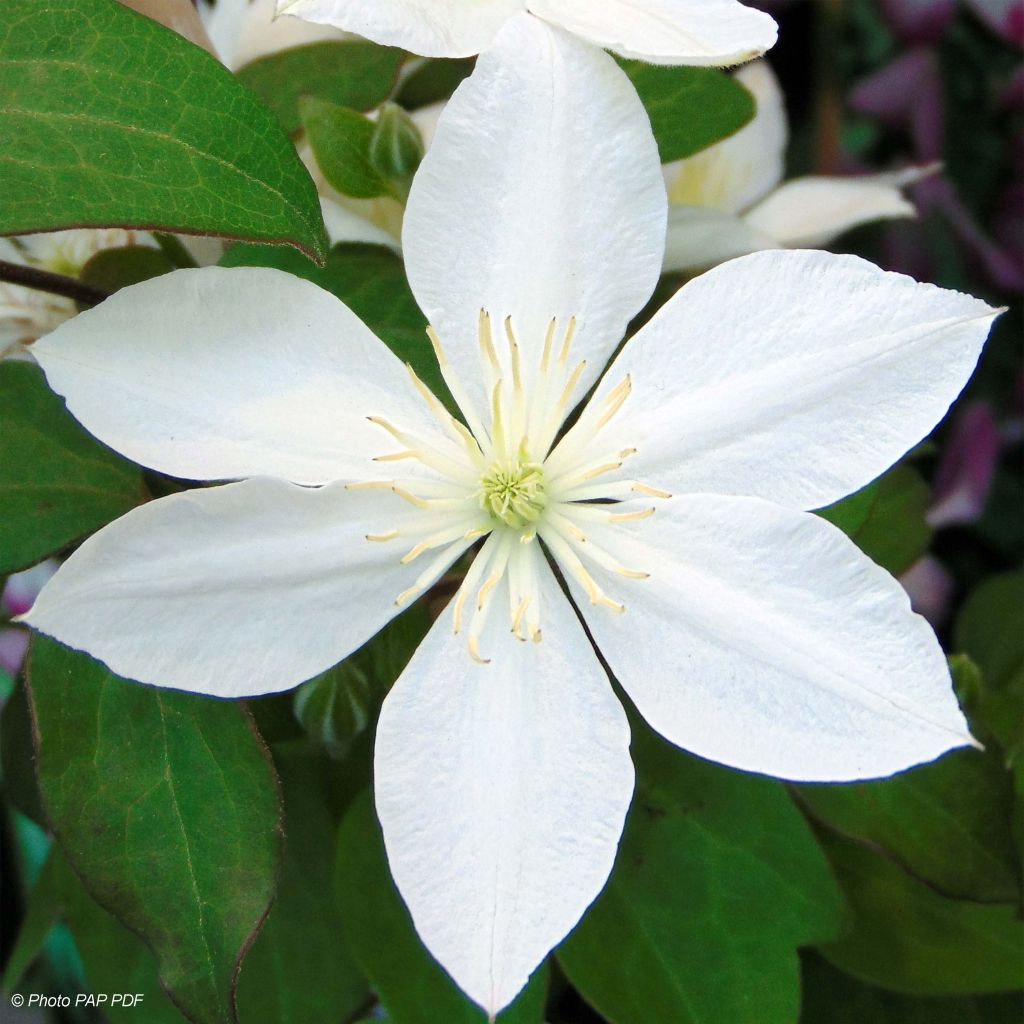

Clematis integrifolia Baby Star 'Zobast'
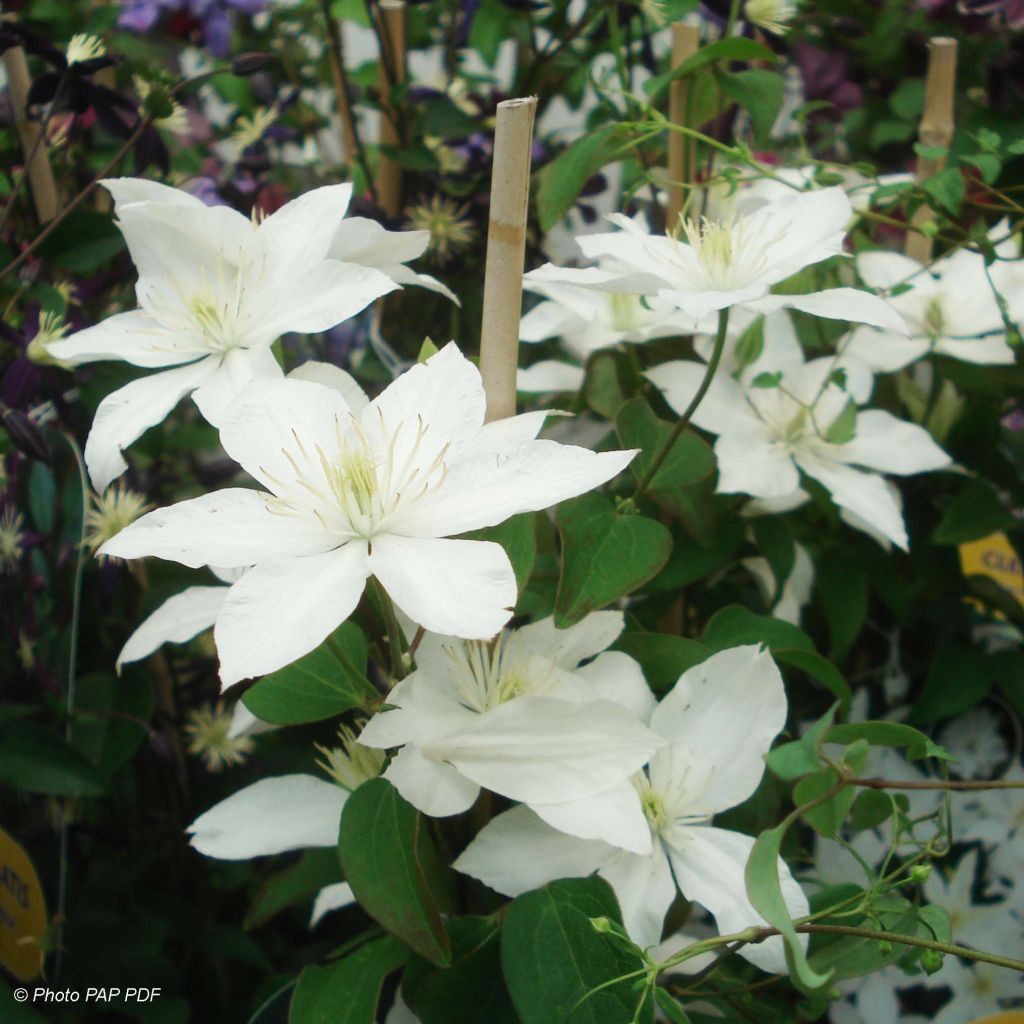

Clematis integrifolia Baby Star 'Zobast'
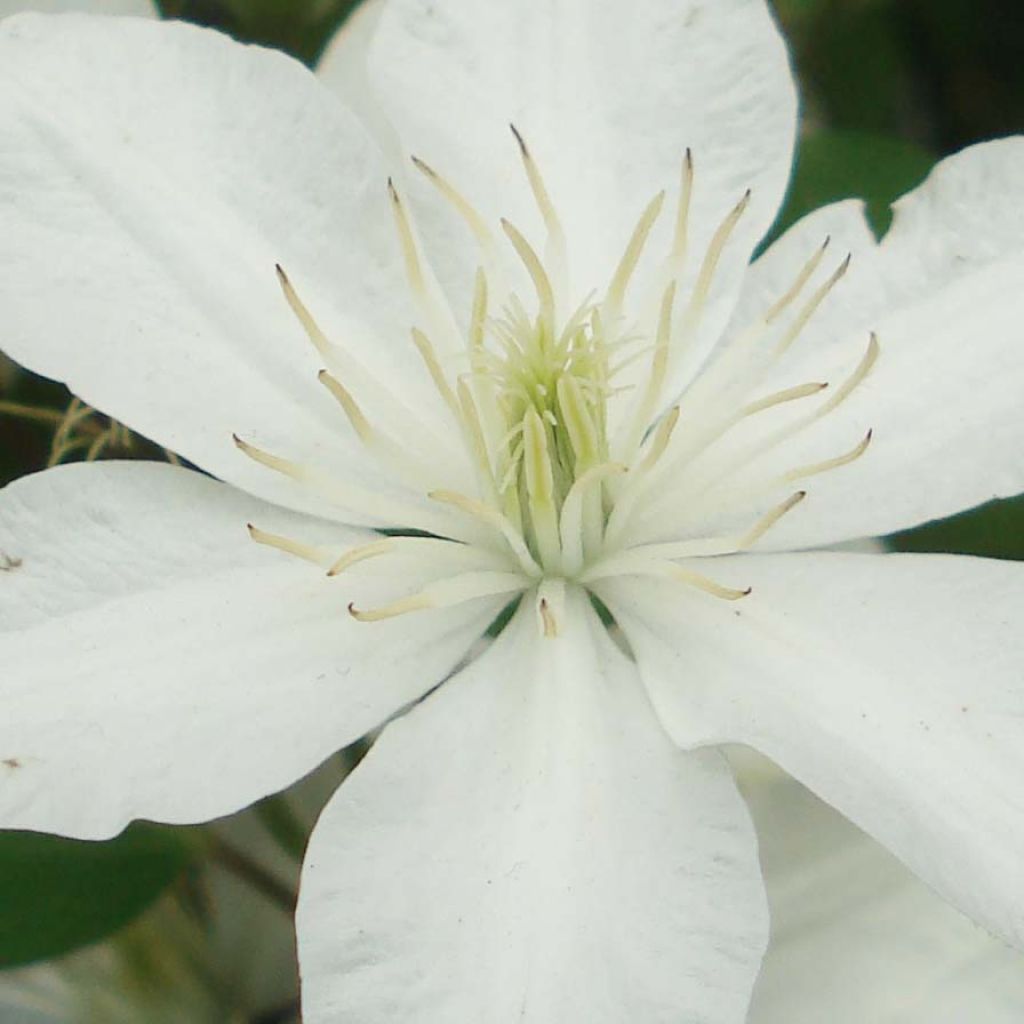

Clematis integrifolia Baby Star 'Zobast'
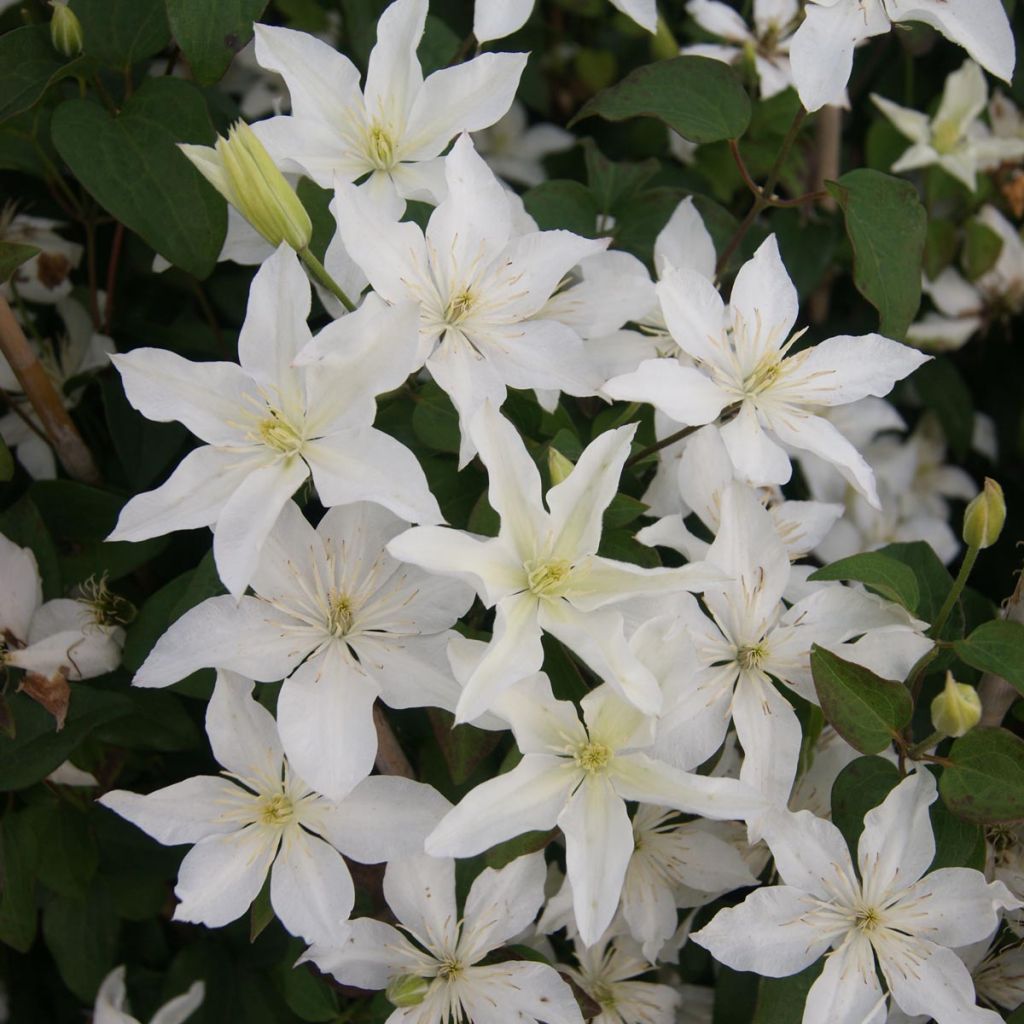

Clematis integrifolia Baby Star 'Zobast'
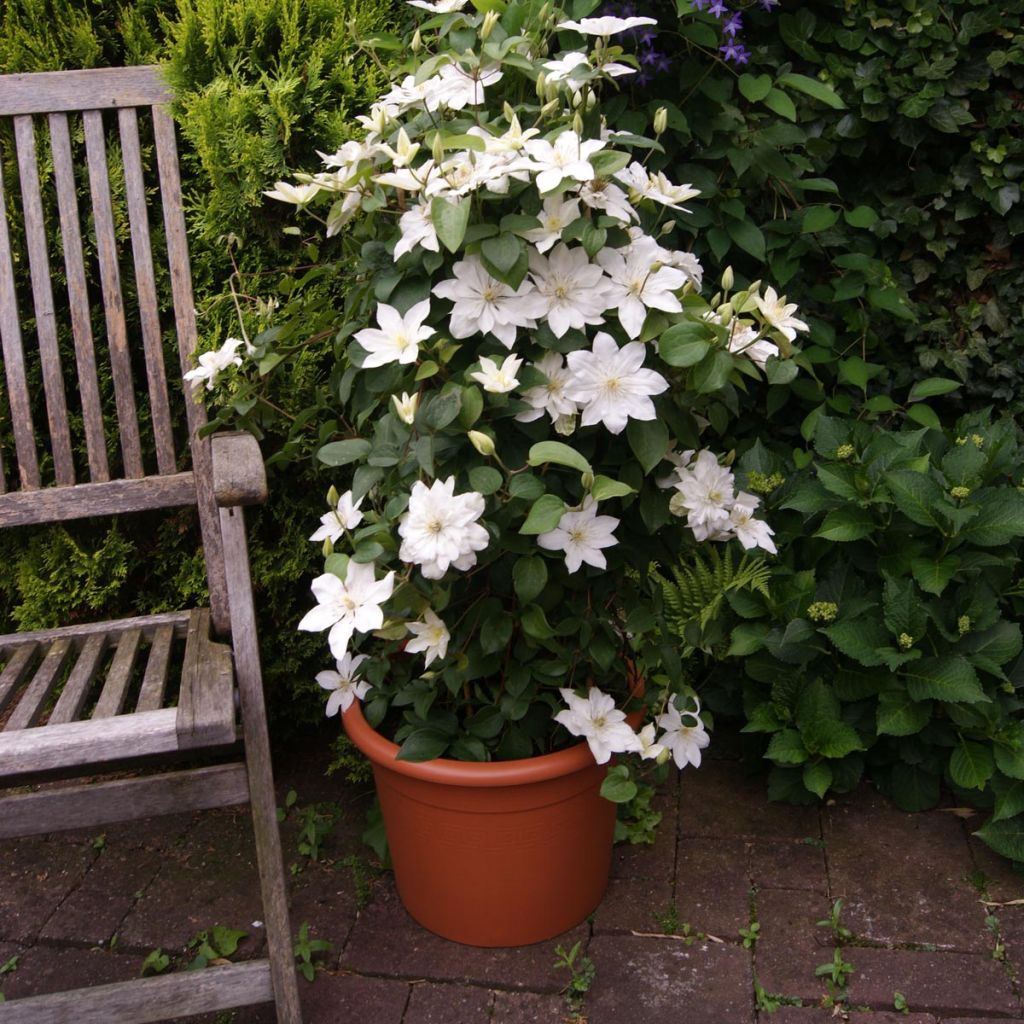

Clematis integrifolia Baby Star 'Zobast'
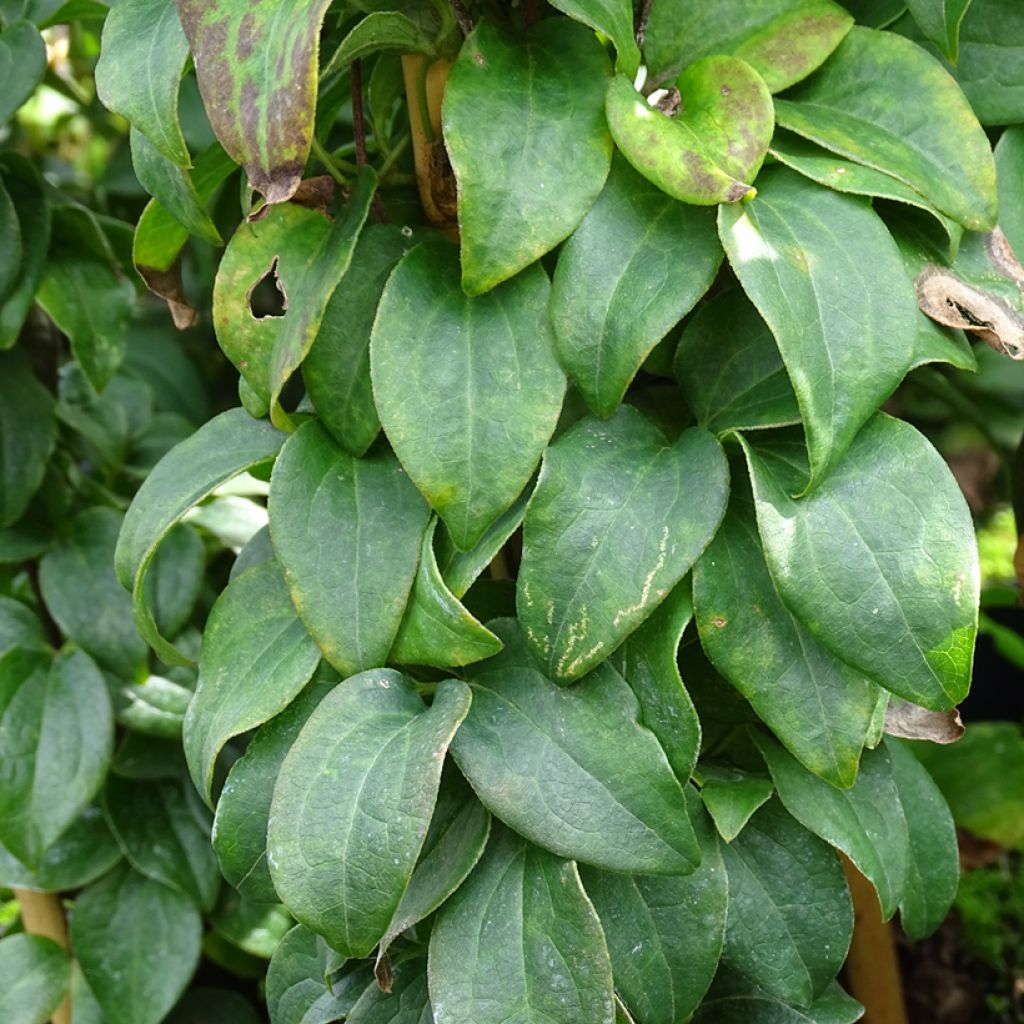

Clematis integrifolia Baby Star 'Zobast'
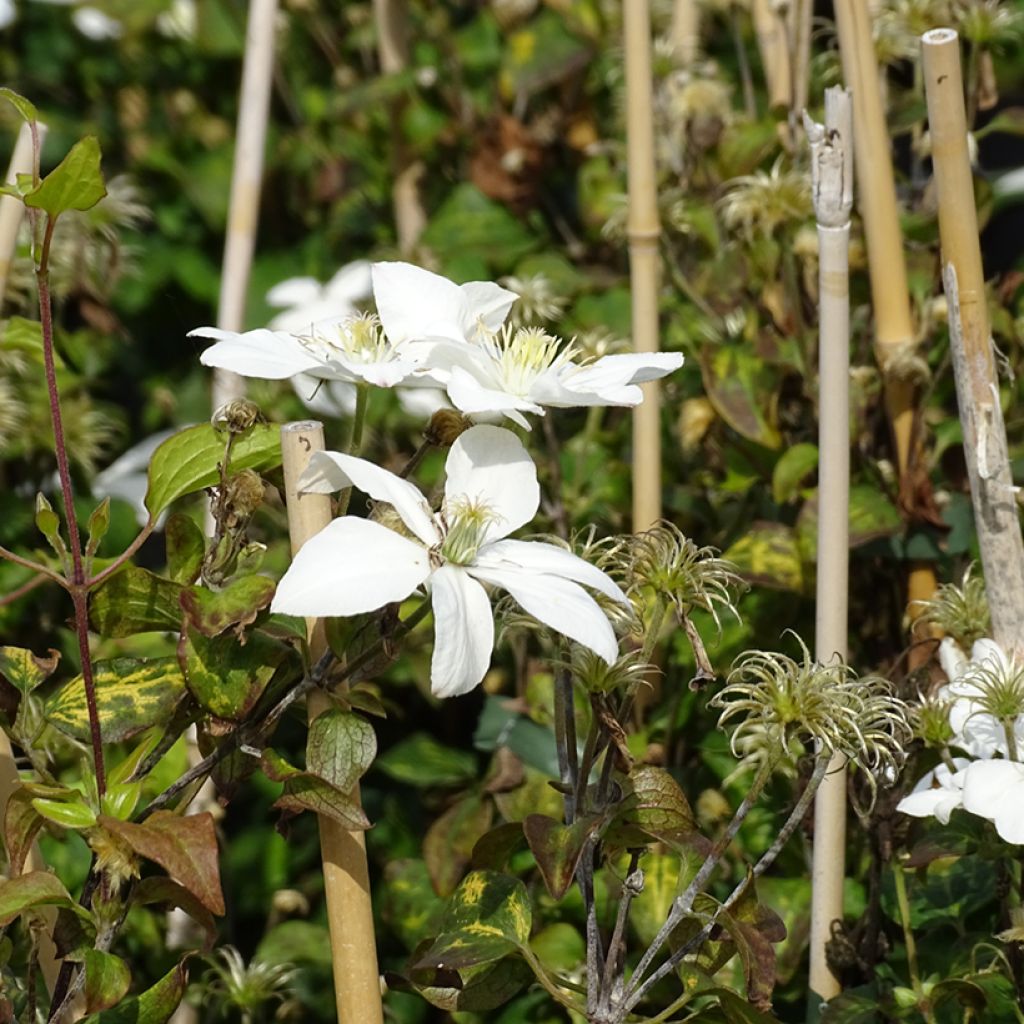

Clematis integrifolia Baby Star 'Zobast'
Clematis integrifolia Baby Star 'Zobast'
Clematis integrifolia Baby Star 'Zobast'
Solitary Clematis, Mongolian Clematis
It started well in the spring, lasted a few days, then completely disappeared despite my care and monitoring.
mcm, 22/08/2024
Special offer!
Receive a €20 voucher for any order over €90 (excluding delivery costs, credit notes, and plastic-free options)!
1- Add your favorite plants to your cart.
2- Once you have reached €90, confirm your order (you can even choose the delivery date!).
3- As soon as your order is shipped, you will receive an email containing your voucher code, valid for 3 months (90 days).
Your voucher is unique and can only be used once, for any order with a minimum value of €20, excluding delivery costs.
Can be combined with other current offers, non-divisible and non-refundable.
Home or relay delivery (depending on size and destination)
Schedule delivery date,
and select date in basket
This plant carries a 6 months recovery warranty
More information
We guarantee the quality of our plants for a full growing cycle, and will replace at our expense any plant that fails to recover under normal climatic and planting conditions.
Does this plant fit my garden?
Set up your Plantfit profile →
Description
The Clematis or Clematis integrifolia 'Baby Star' is a very floriferous cultivar that will not exceed 1.50 m (5ft) in height, making it suitable for small gardens and for decorating terraces and patios. Its star-shaped flowers are white, marked with a green midrib. It first blooms in May-June, producing semi-double flowers, and then again in August-September, with single flowers on dark green pinnate leaves. It should be grown in well-drained soil, in full sun. Its compact size allows for both ground planting and container cultivation.
The genus Clematis belongs to the Ranunculaceae family. 'Baby Star' is a horticultural variety derived from Clematis integrifolia, an herbaceous clematis native to southern Europe. It belongs to clematis that flower in spring on last year's growth, with a second flush in late summer on new growth. It is a herbaceous and climbing perennial plant with short stems, reaching 1.50m (5ft) to 2m (7ft) in height, and spreading to 1m². Each spring, a multitude of stems emerge from its base.
This clematis bears medium-sized patens-type flowers, 6cm (2in) in diameter, first in May-June in a semi-double form, sometimes double, and then again in late summer in generally single and open corollas. The bisexual flowers are solitary or grouped in cymes. They have white tepals with a pale green midrib, star-shaped and with a yellow stamen center. The deciduous leaves are simple, dark green, tripalmate, with irregularly serrated edges. This clematis clings to support or host plants through petioles transformed into tendrils.
Plant your clematis alongside your climbing roses to extend the flowering season of your walls and pergolas until the end of summer. It is a diverse genus, with varieties available in all colours, shapes, and sizes. Take advantage of their easy cultivation to give your garden a romantic and bohemian touch. 'Baby Star', thanks to its relatively compact size, will also thrive in a pot on a balcony or next to an entrance door.
Clematis integrifolia Baby Star 'Zobast' in pictures






Plant habit
Flowering
Foliage
Botanical data
Clematis
integrifolia
Baby Star 'Zobast'
Ranunculaceae
Solitary Clematis, Mongolian Clematis
Cultivar or hybrid
Other Clematis A to Z
View all →Planting and care
Plant the 'Baby Star' clematis preferably in the sun, in a fertile, humus-bearing, well-drained soil, shading the roots and base of the stem (with a flat tile for example). Herbaceous species prefer full sun and wilt in overly wet soil. Install your plant by covering the root ball with 3 cm (1in) of soil, in a worked soil of 20 cm (8in), lightened with good compost. During the first few weeks, water regularly but be careful of stagnant water, as it can cause collar rot. Cover the base of climbing clematis with a small mound of soil, reducing the risk of wilting while promoting the growth of vigorous shoots from the stump.
After planting, prune the stems of deciduous climbing clematis to about 30 cm (12in) above a nice pair of buds. Mulch in February with garden compost or well-rotted manure, avoiding direct contact with the stems. Train the stems without squeezing them until the plant clings to itself. Clematis also like to grow freely on neighboring plants. This variety flowers on last year's shoots, so lightly prune it in March (a simple cleaning is sufficient). After the spring flowering, cut back half of all the branches to encourage strong branching and the formation of new shoots for the second flowering during the summer season. It is possible to cut the clematis back to 60 cm (24in) from the ground. Only prune severely to rejuvenate your clematis every 4 or 5 years. Voles and grey worms can attack clematis and devour the stems. Aphids and whiteflies from greenhouses are also potential pests.
Planting period
Intended location
Care
Planting & care advice
-
, onOrder confirmed
Reply from on Promesse de fleurs
Similar products
Haven't found what you were looking for?
Hardiness is the lowest winter temperature a plant can endure without suffering serious damage or even dying. However, hardiness is affected by location (a sheltered area, such as a patio), protection (winter cover) and soil type (hardiness is improved by well-drained soil).

Photo Sharing Terms & Conditions
In order to encourage gardeners to interact and share their experiences, Promesse de fleurs offers various media enabling content to be uploaded onto its Site - in particular via the ‘Photo sharing’ module.
The User agrees to refrain from:
- Posting any content that is illegal, prejudicial, insulting, racist, inciteful to hatred, revisionist, contrary to public decency, that infringes on privacy or on the privacy rights of third parties, in particular the publicity rights of persons and goods, intellectual property rights, or the right to privacy.
- Submitting content on behalf of a third party;
- Impersonate the identity of a third party and/or publish any personal information about a third party;
In general, the User undertakes to refrain from any unethical behaviour.
All Content (in particular text, comments, files, images, photos, videos, creative works, etc.), which may be subject to property or intellectual property rights, image or other private rights, shall remain the property of the User, subject to the limited rights granted by the terms of the licence granted by Promesse de fleurs as stated below. Users are at liberty to publish or not to publish such Content on the Site, notably via the ‘Photo Sharing’ facility, and accept that this Content shall be made public and freely accessible, notably on the Internet.
Users further acknowledge, undertake to have ,and guarantee that they hold all necessary rights and permissions to publish such material on the Site, in particular with regard to the legislation in force pertaining to any privacy, property, intellectual property, image, or contractual rights, or rights of any other nature. By publishing such Content on the Site, Users acknowledge accepting full liability as publishers of the Content within the meaning of the law, and grant Promesse de fleurs, free of charge, an inclusive, worldwide licence for the said Content for the entire duration of its publication, including all reproduction, representation, up/downloading, displaying, performing, transmission, and storage rights.
Users also grant permission for their name to be linked to the Content and accept that this link may not always be made available.
By engaging in posting material, Users consent to their Content becoming automatically accessible on the Internet, in particular on other sites and/or blogs and/or web pages of the Promesse de fleurs site, including in particular social pages and the Promesse de fleurs catalogue.
Users may secure the removal of entrusted content free of charge by issuing a simple request via our contact form.
The flowering period indicated on our website applies to countries and regions located in USDA zone 8 (France, the United Kingdom, Ireland, the Netherlands, etc.)
It will vary according to where you live:
- In zones 9 to 10 (Italy, Spain, Greece, etc.), flowering will occur about 2 to 4 weeks earlier.
- In zones 6 to 7 (Germany, Poland, Slovenia, and lower mountainous regions), flowering will be delayed by 2 to 3 weeks.
- In zone 5 (Central Europe, Scandinavia), blooming will be delayed by 3 to 5 weeks.
In temperate climates, pruning of spring-flowering shrubs (forsythia, spireas, etc.) should be done just after flowering.
Pruning of summer-flowering shrubs (Indian Lilac, Perovskia, etc.) can be done in winter or spring.
In cold regions as well as with frost-sensitive plants, avoid pruning too early when severe frosts may still occur.
The planting period indicated on our website applies to countries and regions located in USDA zone 8 (France, United Kingdom, Ireland, Netherlands).
It will vary according to where you live:
- In Mediterranean zones (Marseille, Madrid, Milan, etc.), autumn and winter are the best planting periods.
- In continental zones (Strasbourg, Munich, Vienna, etc.), delay planting by 2 to 3 weeks in spring and bring it forward by 2 to 4 weeks in autumn.
- In mountainous regions (the Alps, Pyrenees, Carpathians, etc.), it is best to plant in late spring (May-June) or late summer (August-September).
The harvesting period indicated on our website applies to countries and regions in USDA zone 8 (France, England, Ireland, the Netherlands).
In colder areas (Scandinavia, Poland, Austria...) fruit and vegetable harvests are likely to be delayed by 3-4 weeks.
In warmer areas (Italy, Spain, Greece, etc.), harvesting will probably take place earlier, depending on weather conditions.
The sowing periods indicated on our website apply to countries and regions within USDA Zone 8 (France, UK, Ireland, Netherlands).
In colder areas (Scandinavia, Poland, Austria...), delay any outdoor sowing by 3-4 weeks, or sow under glass.
In warmer climes (Italy, Spain, Greece, etc.), bring outdoor sowing forward by a few weeks.






























